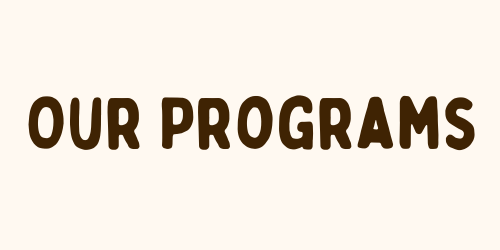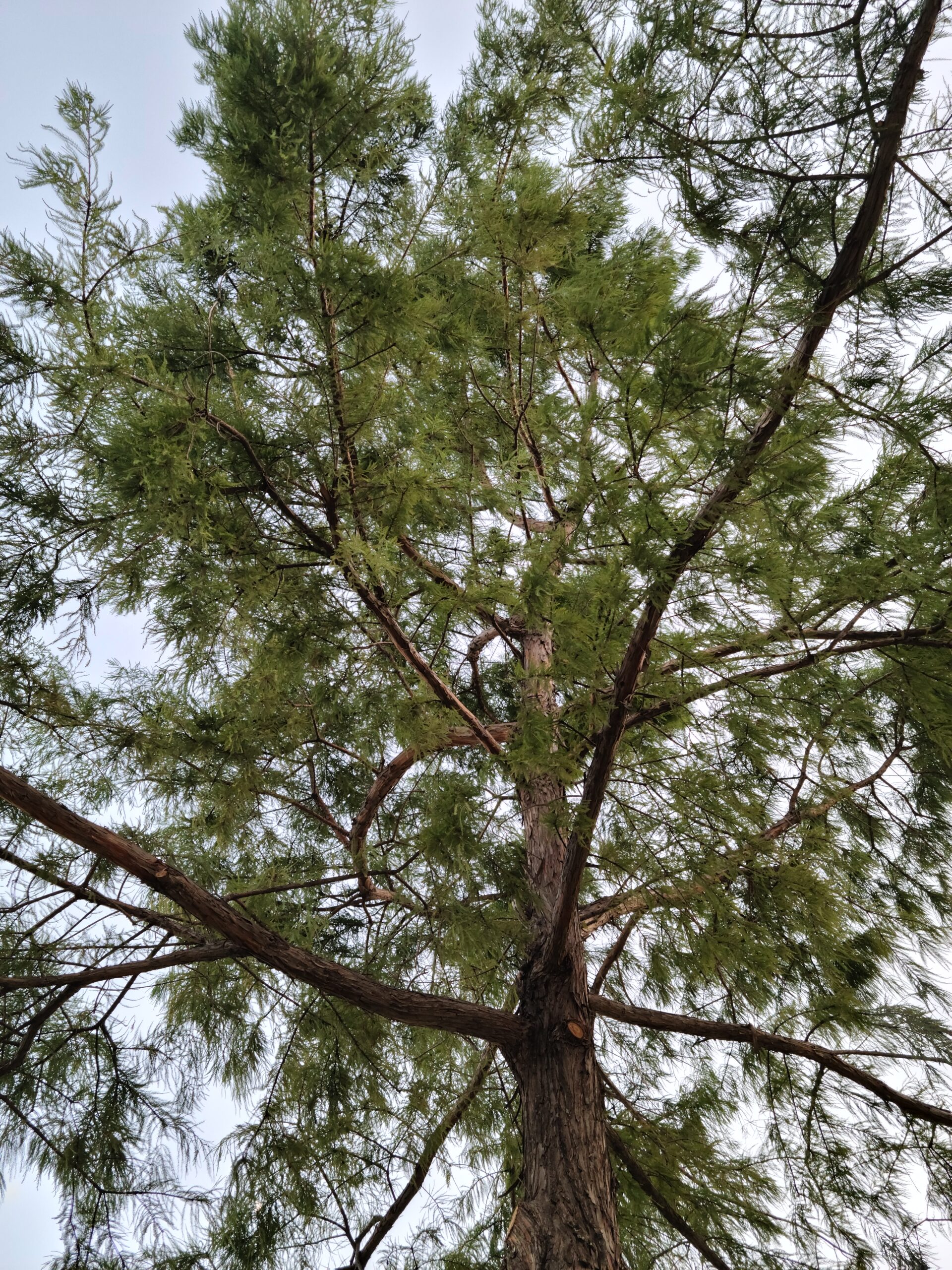
A Student-Centered Approach
At Thrive Learning, we believe that play, inquiry, and collaboration are the cornerstones of developing a lifelong love of learning, and a deep, intrinsic motivation to learn, do, think, and create.
Agency
At the heart of a student-centered approach is respect for the agency of the student in making relevant, developmentally appropriate decisions for themselves, and letting their voices be heard.
Play
At Thrive Learning, we are passionate about play: a primary way for the developing brain to engage with the world, grapple with new concepts, and practice navigating social situations.
Inquiry
For our students to develop into curious, self-motivated, critical thinkers, we strive to model and lead with inquiry, in both academic and relational settings.
Collaboration
At all levels, our students engage in collaboration with their peers, teachers, and families, including through mixed-age classrooms for each program.
Putting it Together:
Learning Celebrations and Portfolios
At all levels, we believe learning is so much more than can be summarized in a number. This is why we employ a collaborative goal setting and portfolio approach rather than traditional grading systems. Students, parents, and teachers come together regularly to celebrate student learning and share the work students have been doing. We maintain a portfolio of student work, a detailed profile of their goals and learning, and parents and families are a part of that process, so students receive individualized support.
Our PreK Program
Our PreK program will serve students entering the school year at ages 3-5 in a mixed-age classroom. Our model is based in the Steiner-Waldorf curriculum, with a heavy emphasis on time outdoors, and opportunities for learning by doing.
Our educators are trained to understand that students at this age learn much through observation of the adults around them, and that they learn important relational and communication skills through interactions with their peers.
There is an emphasis on pre-literacy skills, such as students “reading” their drawings to the class through oral storytelling and learning to recognize patterns in speech. We also seek to help our students form a connection with nature, the rhythm of the seasons, and a respect for the environment as an extension of a respect for others in our community.

A sample PreK Schedule
For our preschool students, the flow of high and low energy tasks is balanced to have a healthy rhythm of the day. Students arrive at the morning activity, with something to engage in right away, followed by circle time, where we set the tone for the rest of the day. Morning snack and Lunch are each followed by outdoor time. For the PreK level, students are given space for a nap, or to engage in a quiet activity. The day is wrapped up with community time, where the PreK and Elementary classes join together to engage in a group activity such as a team or group game.
9:00 am – Student Arrival
9:15 am – Morning Activity
10:00 am – Circle Time
10:30 am – Morning Snack
11:00 am – Outdoor Time
11:45 am – 2nd Activity
12:30 pm – Lunch
1:00 pm – Outdoor Time
1:30 pm – Quiet/Nap Time
2:30 pm – Community Time
3:15 – 3:30 pm – Student Dismissal
Our Elementary Program
Our elementary program, which will serve students entering at ages 6-9 in a mixed-age classroom, is also heavily based in the Steiner-Waldorf curriculum. With a continued emphasis on collaboration and nature, the elementary program begins to weave in more knowledge and skills acquisition through daily “lessons,” with an emphasis on developing literacy and numeracy skills through various modes.
Art, handcrafts, and music continue to hold an important role, with more formal methods and skills being taught, and students are given individual attention to ensure their needs are being met.

A sample Elementary Schedule
For our elementary students, we begin each day with a morning circle to set the focus for the day. The three main lesson blocks are spaced with time outdoors, to balance focus and movement. Morning lesson generally has an emphasis on math and STEM, while the afternoon lessons focus more on humanities, arts, and crafts. Morning snack and lunch are followed by outdoor time. The last block is community time, where the PreK and Elementary students come together to engage in a group activity such as a team or group game.
9:00 am – Student Arrival
9:15 am – Circle Time
10:30 am – Morning Snack
11:00 am – Outdoor Time
11:45 am – 2nd Lesson
12:30 pm – Lunch
1:00 pm – Outdoor Time
1:45 pm – 3rd Lesson
2:30 pm – Community Time
3:15 – 3:30 pm – Student Dismissal
Each Class is a Community…
At Thrive Learning, we integrate the educational philosophies of multiple student-centered, development-based models in a synthesis, to leverage the diverse benefits of each system. As part of this synthesis, we have chosen to employ a multi-aged classroom setting similar to a Montessori model. We believe the benefits to learning in mixed-aged environments are many, including: a deeper development of empathy and responsiveness to others’ needs, opportunities for mentorship and peer-to-peer teaching and learning, and an ability to better meet the individual learning pace and needs of each student.
Our PreK Program is a community of 3-5 year-olds, which we could consider as Preschool 1, Preschool 2, and Kindergarten. The cyclical nature of the PreK curriculum allows students to get deeper meaning out of similar lessons each year such that, as they grow through the program, Kindergarteners feel a confidence in their abilities and can help lead the preschoolers through modeling the routines and practices.
While we currently are only expecting to enroll incoming elementary students ages 6-7, (1st and 2nd grades), our Elementary Program will ultimately serve students ages 6-9 (grades 1 – 4) in a mixed-age classroom. The spiraling, Waldorf-inspired curriculum adds levels of depth and differentiated activities for students at different ability and knowledge levels, and a culture of community care is continued.
Our proposed secondary programs will continue the mixed-aged environments, with our Middle School serving students ages 10-13 (grades 5-8) and the High School serving students 14-17 (grades 9-12). Additionally, we believe in regularly engaging the whole community in activities that give our students the opportunity to play, learn, and grow together across all ages.
Ready to learn more? Fill out an interest form for Fall 2024:
Our Future Secondary Programs
As Thrive Learning grows, and our inaugural elementary students reach the appropriate ages, we will launch a Secondary program consisting of mixed-grade classrooms with a Middle School serving grades 5 through 8, and a High School serving grades 9 through 12.
Our secondary model is centered around project-based learning, where students are learning and applying interdisciplinary knowledge to group and individual projects. There is an emphasis on collaborative learning and community-based problem-solving. We continue the process of assembling portfolios and hosting learning celebrations, where the students share their projects and process, and parents and family members have the opportunity to see what their students have achieved.
At the High School level, we begin to work with students to set post-graduation goals, so that students and families feel confident that they are spending their time working towards acquiring the knowledge and skills they will need as they leave school and enter the adult world.